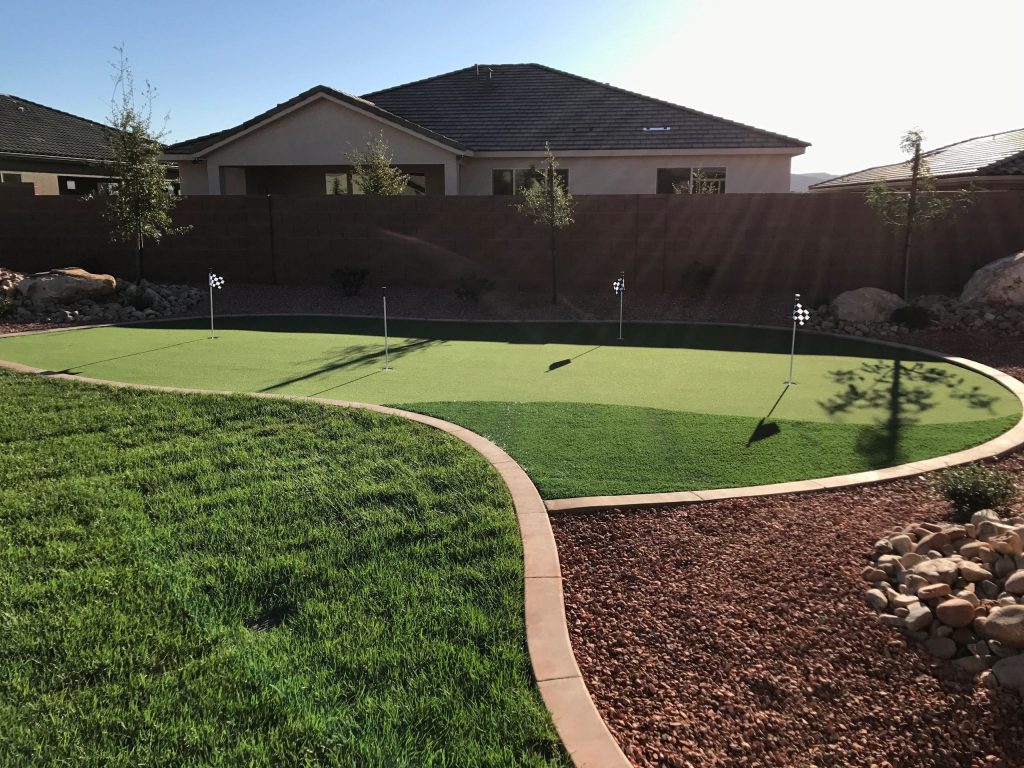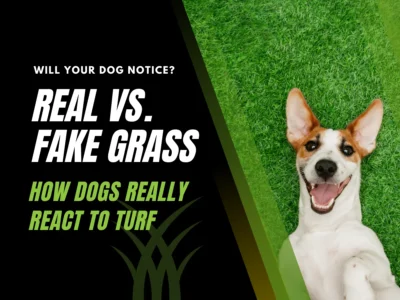Keep Ticks Away From Your Yard
Ensuring the safety and well-being of our children and pets is always our top priority. Ticks are not only annoying pests but can also transmit harmful diseases to both humans and animals, making tick prevention crucial. If you have a yard your children and pets like to play in, ticks may be lurking in your grass, compromising the health and well-being of your loved ones. In this blog, we’ll share ten effective tips to keep ticks at bay, safeguard your pets and children, and create a tick-free haven in your yard.



1. Regular Yard Maintenance
Ticks thrive in tall grass and overgrown areas. Keep your yard well-manicured by mowing the lawn regularly and trimming shrubs and bushes. Sunlight penetration helps to dry out tick habitats and reduces their population.
2. Remove Debris
Ticks live in moist, shady areas so keeping your grass lawn free of debris and fallen leaves will remove hiding spots for ticks as well as allow your grass to drain properly and prevent excess moisture build-up which can lead to yellow or dead spots in your lawn.

3. Create a Tick Barrier
Ticks don’t fly, jump, or drop from trees but they do crawl around so creating a physical barrier prevents ticks from entering your yard and coming into contact with you and your pets. Consider installing a fence around your yard, preferably with a gravel or mulch border, as ticks are less likely to cross these dry areas along with wildlife. Using hardscaping materials like pavers and stone planters also reduces tick crossings due to the lack of organic matter.

4. Choose Pet-Friendly Artificial Grass
When installing artificial grass in your yard, opt for pet-friendly varieties. Non-infill artificial grasses like those from AGL Grass are designed with hypoallergenic properties and do not contain organic materials, making them less appealing to ticks and other pests. The lack of organic matter in artificial turf makes it an uninviting place for ticks and other invasive species but is perfect for dogs and pets to play on and 100% safe for children as well. Eliminating the use of infill in artificial grass also means that no unpleasant odours or clumps of infill build up in your yard and both your pets and kids have a clean safe play surface in the comfort of your own home.


5. Regular Tick Checks
After spending time outside, it’s crucial to inspect your pets, children, and yourself for ticks. Run your fingers through your pet’s fur, paying close attention to ears, paws, and the underside of the body where ticks are most likely to hide. It is also important to give your pets tick medication on a regular basis so that any ticks that do latch on will fall off and prevent the spread of tick-borne diseases. For children, check their entire body, especially their hair, ears, under the arms, waist, behind the knees and feet. Promptly remove any ticks you find using tweezers or a tick removal tool. Remember to check their clothing as well and when possible, throw clothing into the dyer on high heat for 10 mins to kill any remaining ticks.

6. Limit Wildlife Access
Wild animals, such as deer, raccoons, and rodents are tick hosts and can carry ticks into your yard. Minimize attracting wildlife by securing trash cans, removing potential food sources, and trimming vegetation at the yard’s edge.
7. Use Pet Friendly and Child Safe Tick Repellents
While chemical tick repellents can be effective, it’s essential to choose pet-friendly and child-safe options. Consult your veterinarian and doctor for recommendations on tick-repellent products safe for your pets and children. When using DEET-based repellents on your loved ones, be sure to follow the recommended guidelines.
8. Natural Tick Deterrent Landscaping
Consider planting tick-repelling plants around your yard. Lavender, rosemary, mint, sage, lemongrass, and chrysanthemums are examples of plants known for their tick-deterring properties. Strategically incorporate these plants into your landscaping to create a natural barrier against ticks.
9. Check Your Pet’s Resting Spots
Ticks often hide in pet resting areas such as dog houses, kennels, and outdoor cushions. Regularly clean and inspect these areas to ensure they are tick-fre
In conclusion, protecting your children and pets from ticks in your yard is essential for their well-being and your peace of mind. By maintaining your yard, creating natural tick barriers, switching to a pet friendly artificial grass lawn and implementing regular tick checks, you can create a safe and tick-free environment for your pets and children. With these ten tips, you can enjoy a pet-friendly, child-safe yard where both you and your family can play and relax without worrying about tick-borne diseases.




























